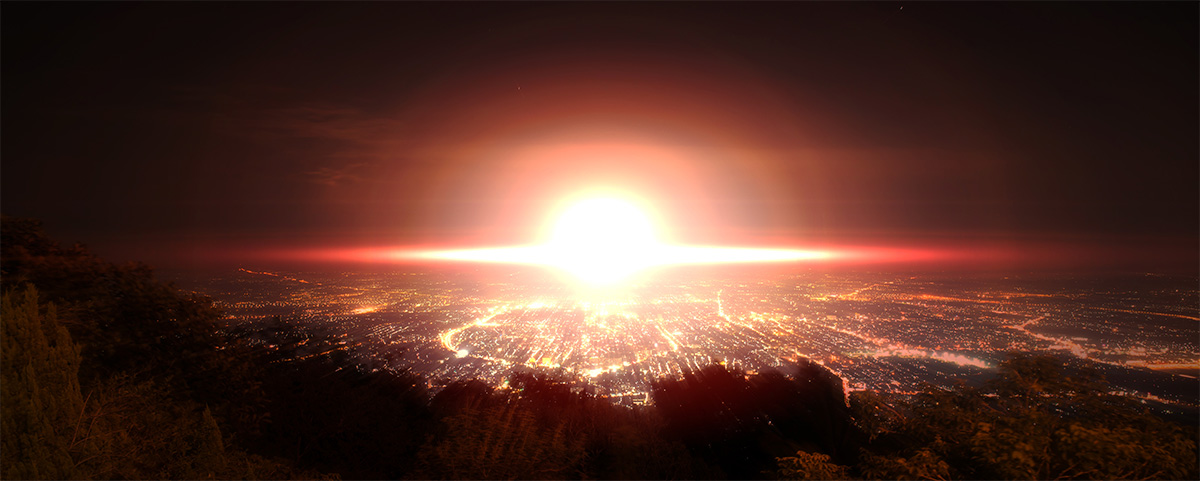
What in the world could オントロ (ontoro) and グスーム (gusūmu) possibly mean? (If you wait a few seconds, a hint will flash in the animated GIF above.)
Besides U+332C ㌬ SQUARE PAATU that was covered over three years ago, there are a number of interesting katakana square ligatures, both encoded in Unicode, and included in Adobe-Japan1-7 that are accessible via the 'dlig' (Discretionary Ligatures) GSUB feature.
The four-katakana square ligatures for オントロ and グスーム are indeed interesting. Although these katakana square ligatures are not in Unicode, they were included in Adobe-Japan1-4 as CIDs 11885 and 11897, respectively, with their vertical forms at CIDs 11969 and 11981. Adobe-Japan1-4 also included the horizontal and vertical glyphs for the eight-katakana square ligature オングストローム (angstrom or Å) at CIDs 11883 and 11967, respectively, which manages to pack all eight component katakana into the em-box.
As far as I can tell, the four-katakana square ligatures for オントロ and グスーム originated in Morisawa’s proprietary glyph set that is called MORCODE, and their presence in MORCODE is the reason why they were included in Adobe-Japan1-4:

The upper character codes are for MORCODE (aka MORCODE I), and the lower ones are for MORCODE II. Note how they are positioned next to each and in sequence. The same is true for their vertical forms, though they are side-by-side, not stacked, because this is a glyph table.
Unlike other katakana square ligatures that can be combined, such as U+3330 ㌰ SQUARE PIKO (pico), U+3328 ㌨ SQUARE NANO (nano), U+3343 ㍃ SQUARE MAIKURO (micro), U+3349 ㍉ SQUARE MIRI (milli), U+3322 ㌢ SQUARE SENTI (centi), U+3325 ㌥ SQUARE DESI (deci), U+3314 ㌔ SQUARE KIRO (kilo), U+334B ㍋ SQUARE MEGA (mega), and U+3310 ㌐ SQUARE GIGA (giga) as submultiples and multiples of U+3318 ㌘ SQUARE GURAMU (gram), U+3339 ㌹ SQUARE HERUTU (hertz), U+334D ㍍ SQUARE MEETORU (meter), U+3351 ㍑ SQUARE RITTORU (liter), U+3357 ㍗ SQUARE WATTO (watt), and others, the four-katakana square ligatures for オントロ and グスーム must always be together in a specific sequence, otherwise they mean nothing. This includes their separate vertical forms in vertical layout. (Interestingly, katakana square ligatures for three of the multiples—デカ (deka), ヘクト (hecto), and テラ (tera)—are missing from Unicode, but are included in Adobe-Japan1-7 as CIDs 11908, 11927, and 11910, respectively.)
As an aside, some of the submultiples and multiples combine with base units to form a tighter square ligature, such as U+3315 ㌕ SQUARE KIROGURAMU (kilogram), U+3316 ㌖ SQUARE KIROMEETORU (kilometer), and U+3317 ㌗ SQUARE KIROWATTO (kilowatt).
One of the most widely abused katakana square ligatures is probably U+3320 ㌠ SQUARE SANTIIMU (centime). It is used to refer to a particular person’s team: サン (san) is a katakana rewrite of さん, which is the most common honorific that is appended to a name, and チーム (chīmu) means “team.” In other words, I can refer to my team as ランディ㌠ or 小林㌠.
In closing, those who can read Japanese may enjoy this article that was published by Asahi Shimbun in 2012.

